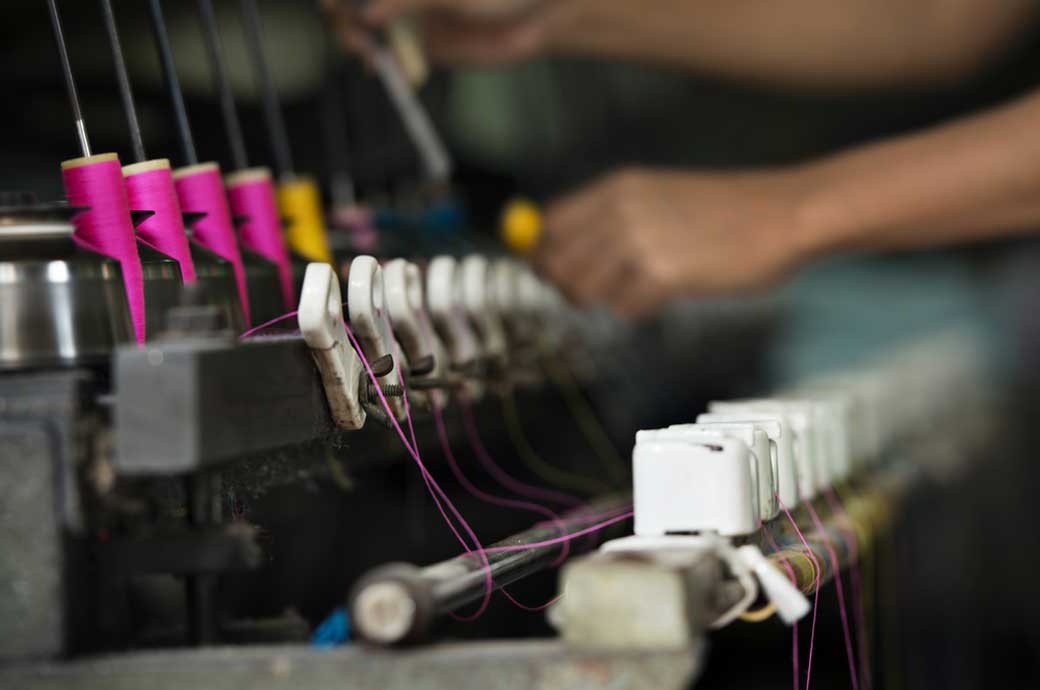
The operating capacity of textile industries, ginneries and tanneries has been dismally low due to inadequate raw materials, shortage of skills and high labour costs, observed Saitoti Torome, principal secretary in the government department of planning.
Textile and leather products are the most consumed items after food, yet their ratings in resource allocation remain relatively low, he said.
Despite the country being the fifth largest cattle producer in Africa after Ethiopia, Chad, Sudan and Tanzania, its leather trade remains low, he told experts who met to discuss preparation of the Medium-Term Plan Strategy Paper (MTP) No 4.
“That means most of our leather goes to waste, which is a lost opportunity for employment creation, improved livelihoods and revenue collection by the government. In MTP No 4, we are going to emphasise on developing the textiles and leather industries as a grand opportunity for Kenya’s industrialisation and creation of sustainable employment,” he was quoted as saying by a Kenyan newspaper.
MTP No 4 will come up with fresh strategies to raise uptake of locally-designed and manufactured apparel, textiles, leather and accessories and support existing ones, including the ‘Buy Kenya Build Kenya’ campaign, he stressed.
He highlighted the need to address lack of proper skin and hide management techniques, as well as poor choice of breeds that have over the years remained one of the biggest stumbling blocks for the leather industry.
The country’s leather industry is valued at about $430 million annually, according to conservative estimates. About 90 per cent of the country’s leather export is the low-value, partially-processed wet blue leather. Experts argue that full processing of the leather could create at least 50,000 jobs.
Government data show though the country has a huge potential for cotton production with at least 400,000 hectares of land suitable for cotton cultivation, less than 35,000 hectares are under the crop.
MTP No 4 would also recommend friendly policies to establish ginneries and tanneries and revive collapsed ones, the top official indicated.
Fibre2Fashion News Desk (DS)